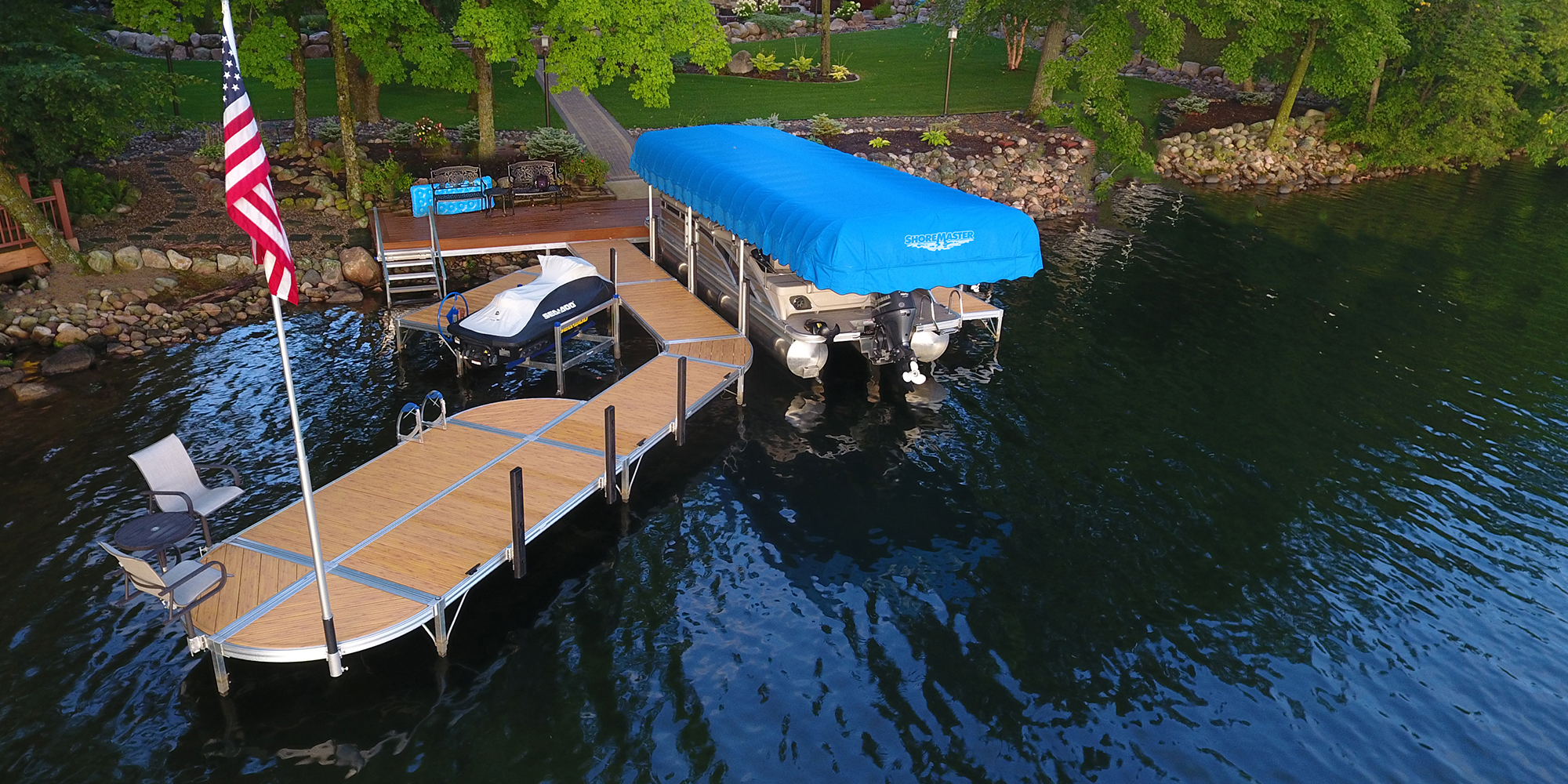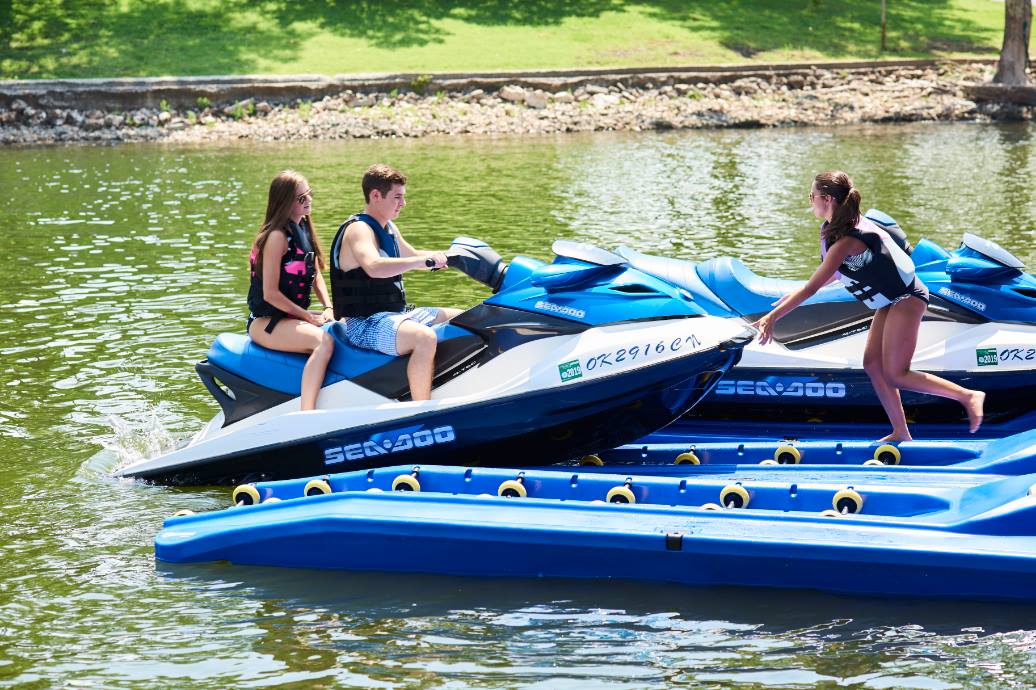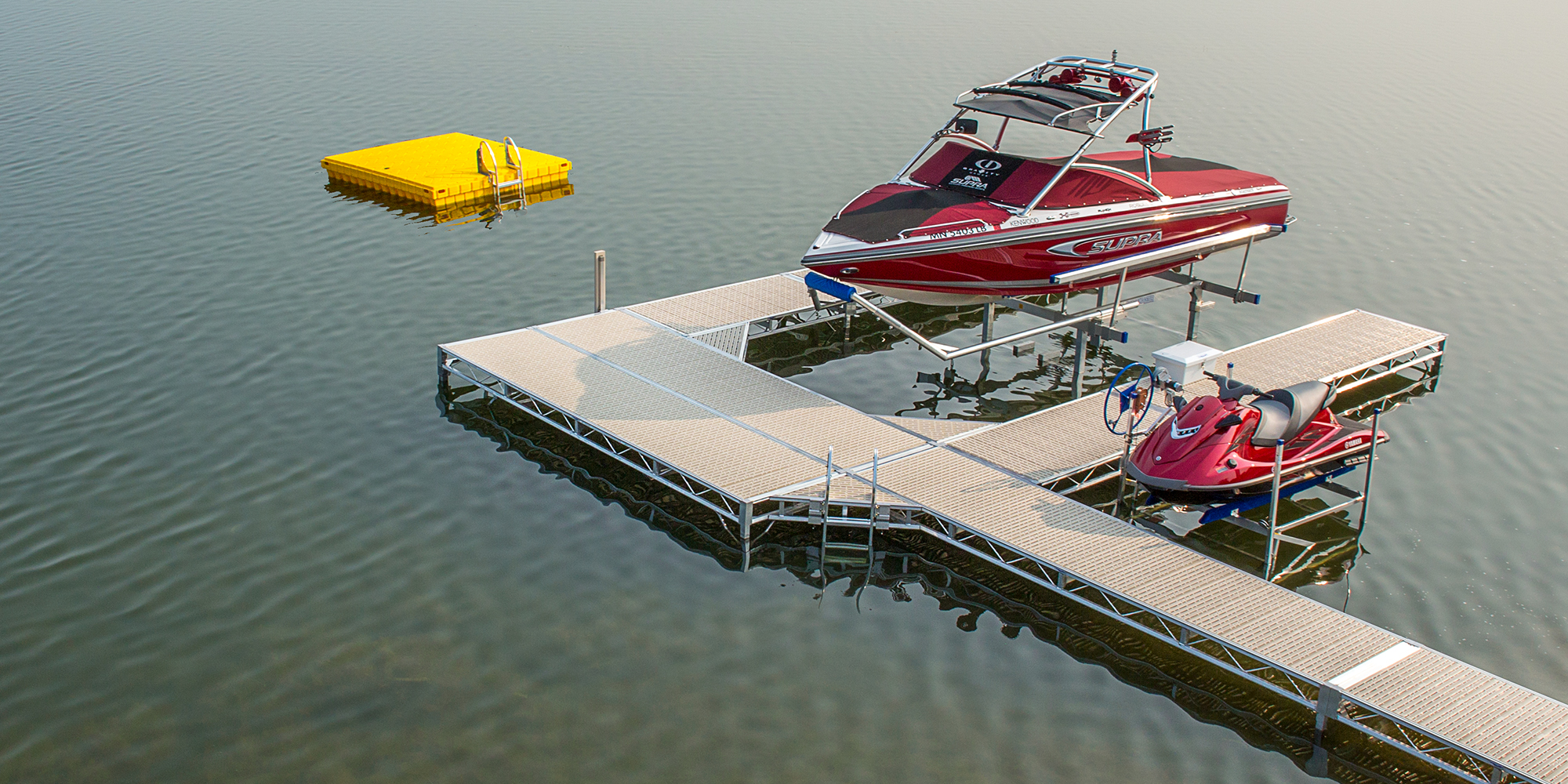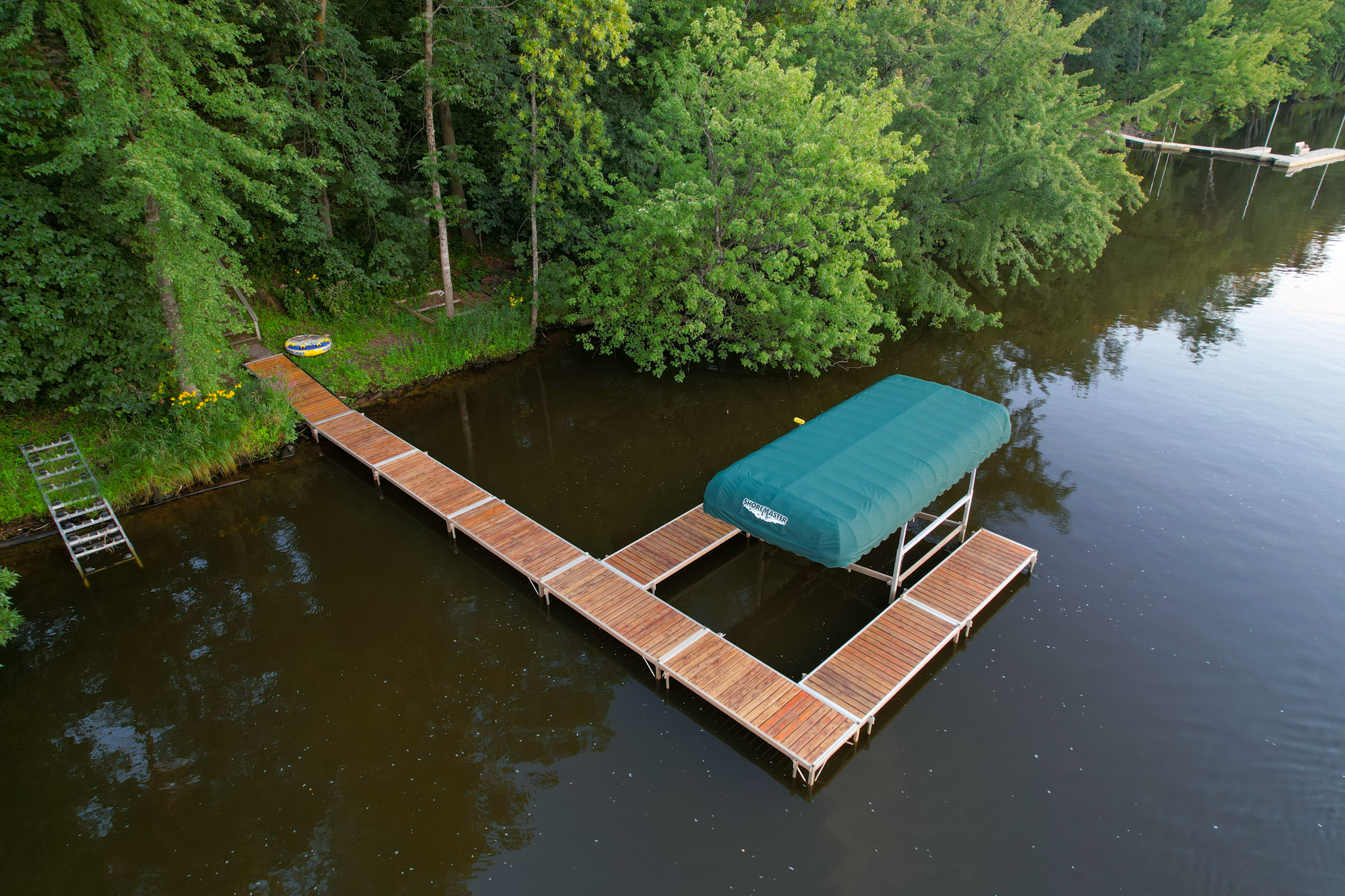Posted on May 20, 2021
Boat Lift Troubleshooting: Key Mistakes and How to Prevent Them
Written by ShoreMaster Marketing
Your boat lift is one of the best investments you can make in your watercraft. Boats aren’t meant to stay in the water full time and need to be lifted out to protect them from damage from the elements. To make sure that your boat lift is able to do its job, though, you need to take care of it, too.
Boat lifts like the ShoreMaster LiftBoss are durable and engineered to be easy to own and maintain, but that doesn’t mean you can neglect it. Most boat lift mistakes come down to not being mindful while using your lift. These four very common (and often costly) mistakes can be avoided with some careful checking and easy-to-implement solutions.

Improperly Balancing Your Boat
Your watercraft should always be centered on your boat lift, which means a balanced front and back and even sides during elevation. If you place it too far forward or back, the other end becomes lighter, which makes it easier for it to come free and move with the help of the waves. Adding guides and motor stops to your boat lift can help you easily get your boat into the proper position before it’s lifted.
Ignoring the Weight Capacity
Boat lifts are rated for the weight they can carry and not a pound more. Err on the side of getting more capacity than you need than not having enough, or you could have a waterfront disaster on your hands. Remember when figuring out the weight capacity you need not only your boat’s dry weight but also the weight of anything you bring aboard including fuel, water, equipment, and people.
Not Maintaining Your Cables
While hydraulic boat lifts typically require minimal maintenance, you should regularly inspect your cables for signs of damage. Boat lift cables are usually made of stainless steel, which requires lubrication. Penetrating oil or chain and cable fluid can be applied to reduce friction, but avoid anything that contains grease because it can trap moisture inside your cables. While you’re inspecting and lubricating cables, check for fraying and other damage that indicates that you need to replace them.
Forgetting the Lifting Height
Once your boat lift is fully raised, don’t try to lift it anymore. Continual cranking of the winch can damage the cables, pulleys, and other boat lift parts. While some winches shut off automatically once they reach their maximum height, there’s also a risk of some parts failing or not working at all, which is why regular inspections are crucial to your lift’s longevity. The ShoreMaster customer support team has years of waterfront experience and expertise. If you have questions about our products, need installation help, or want solutions that will work for your unique waterfront, get in touch with a local ShoreMaster dealer.



